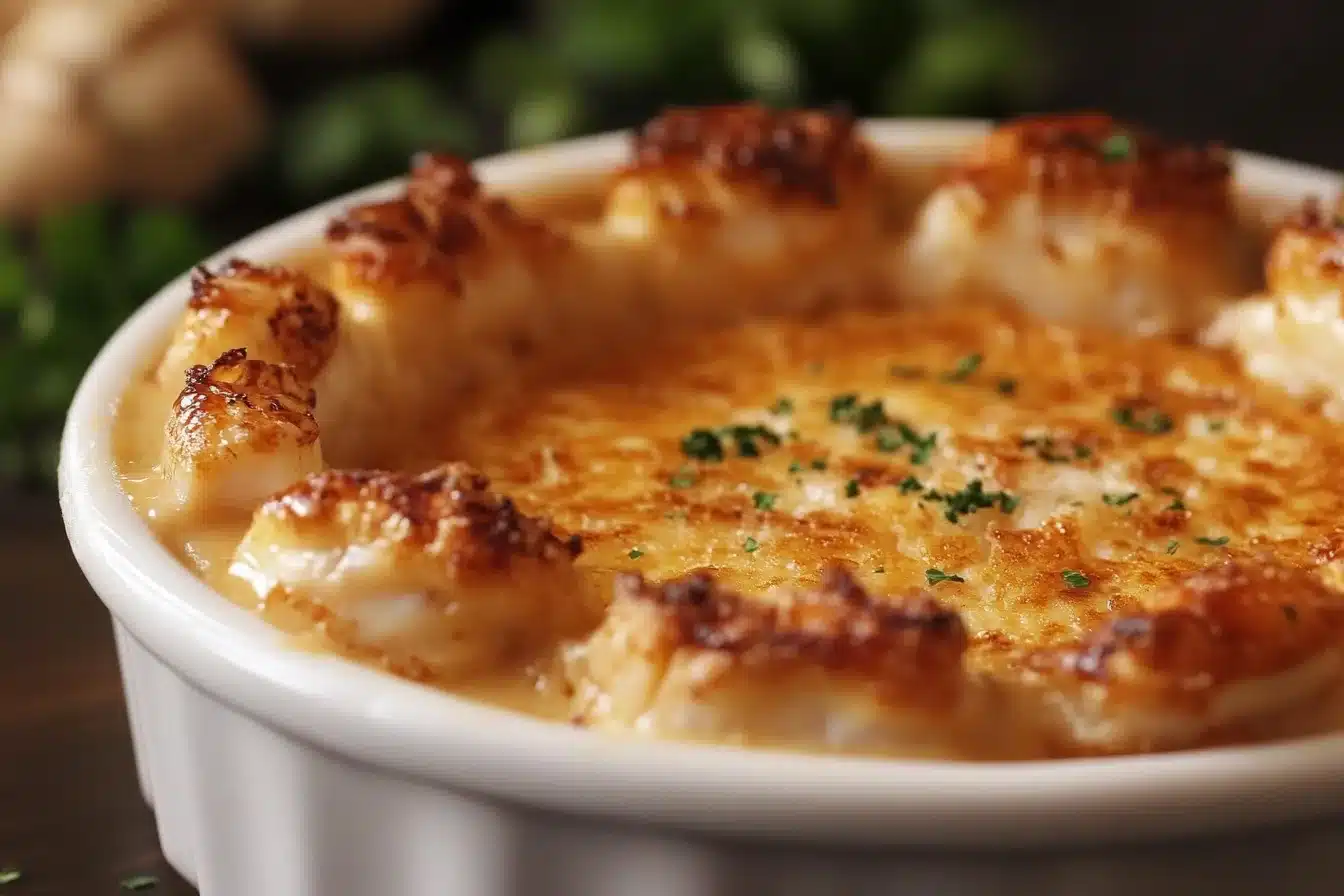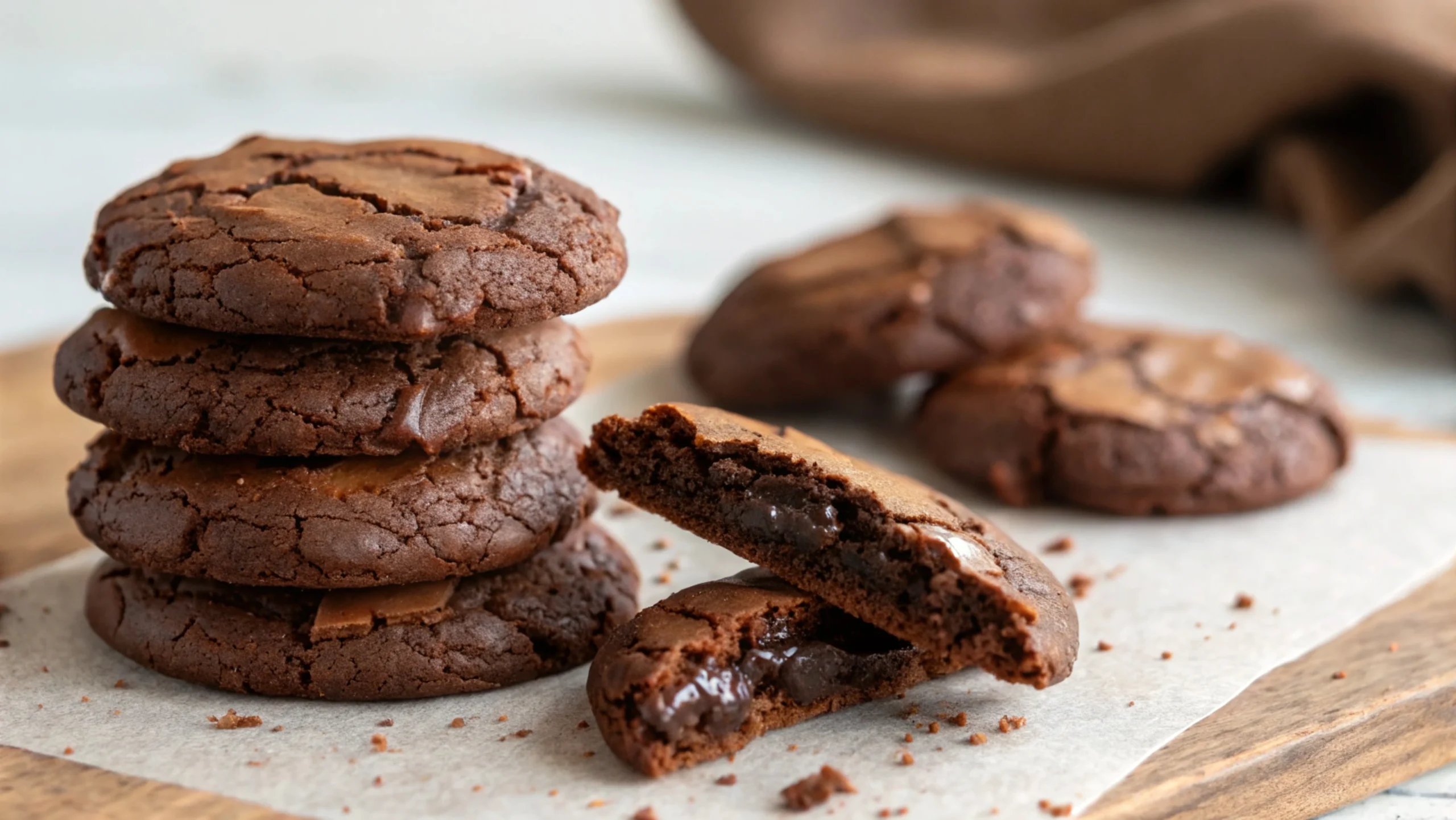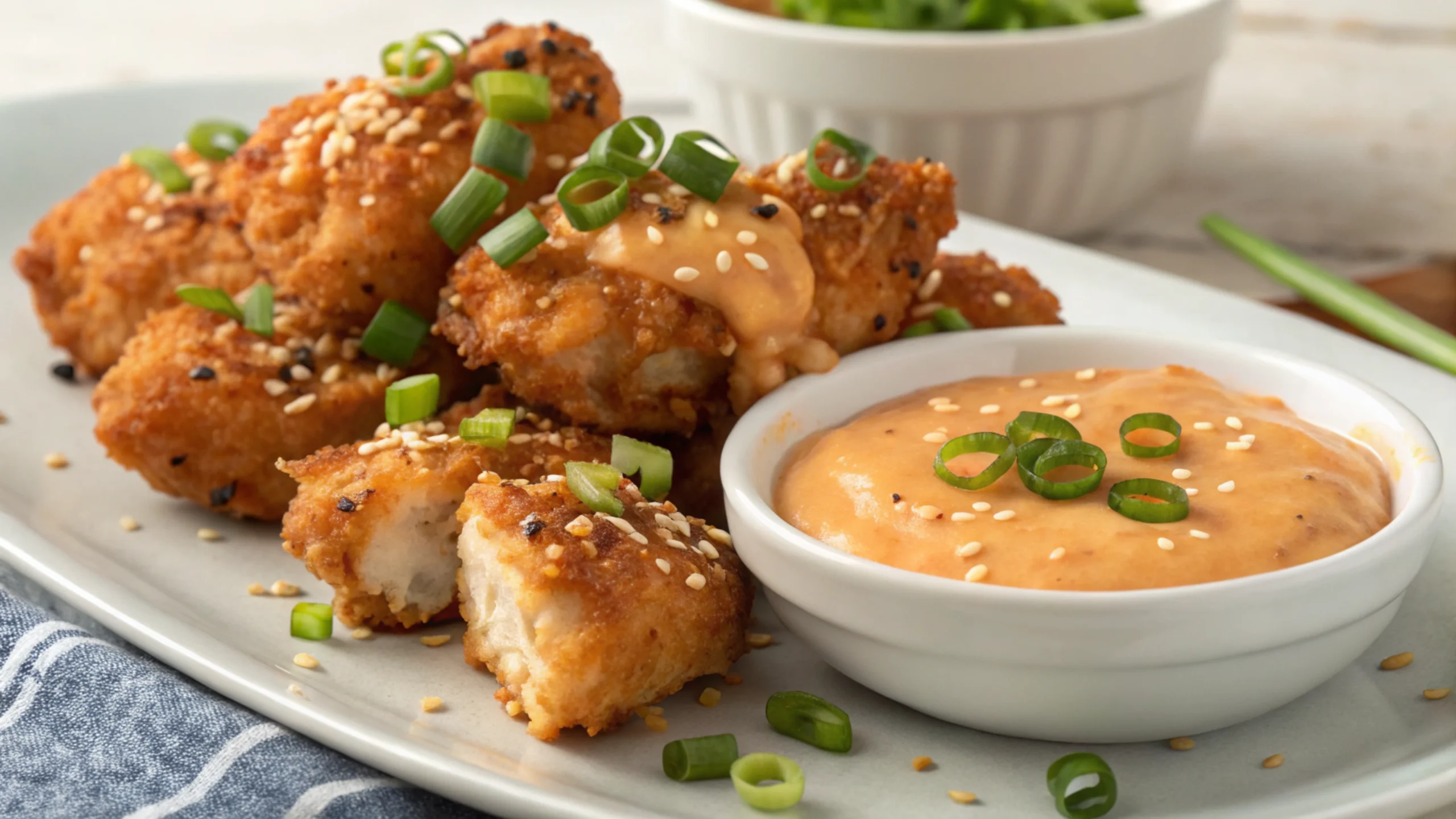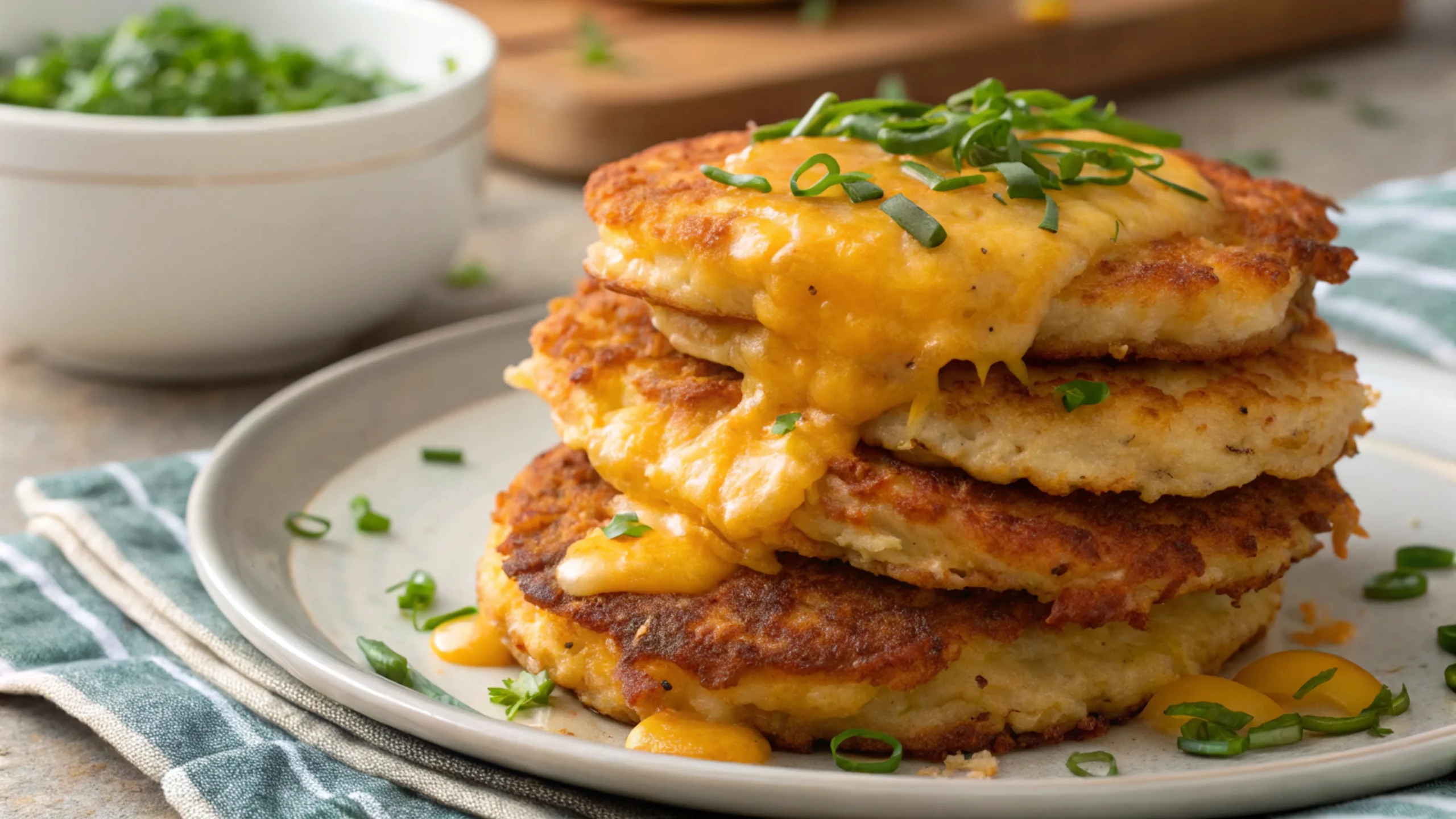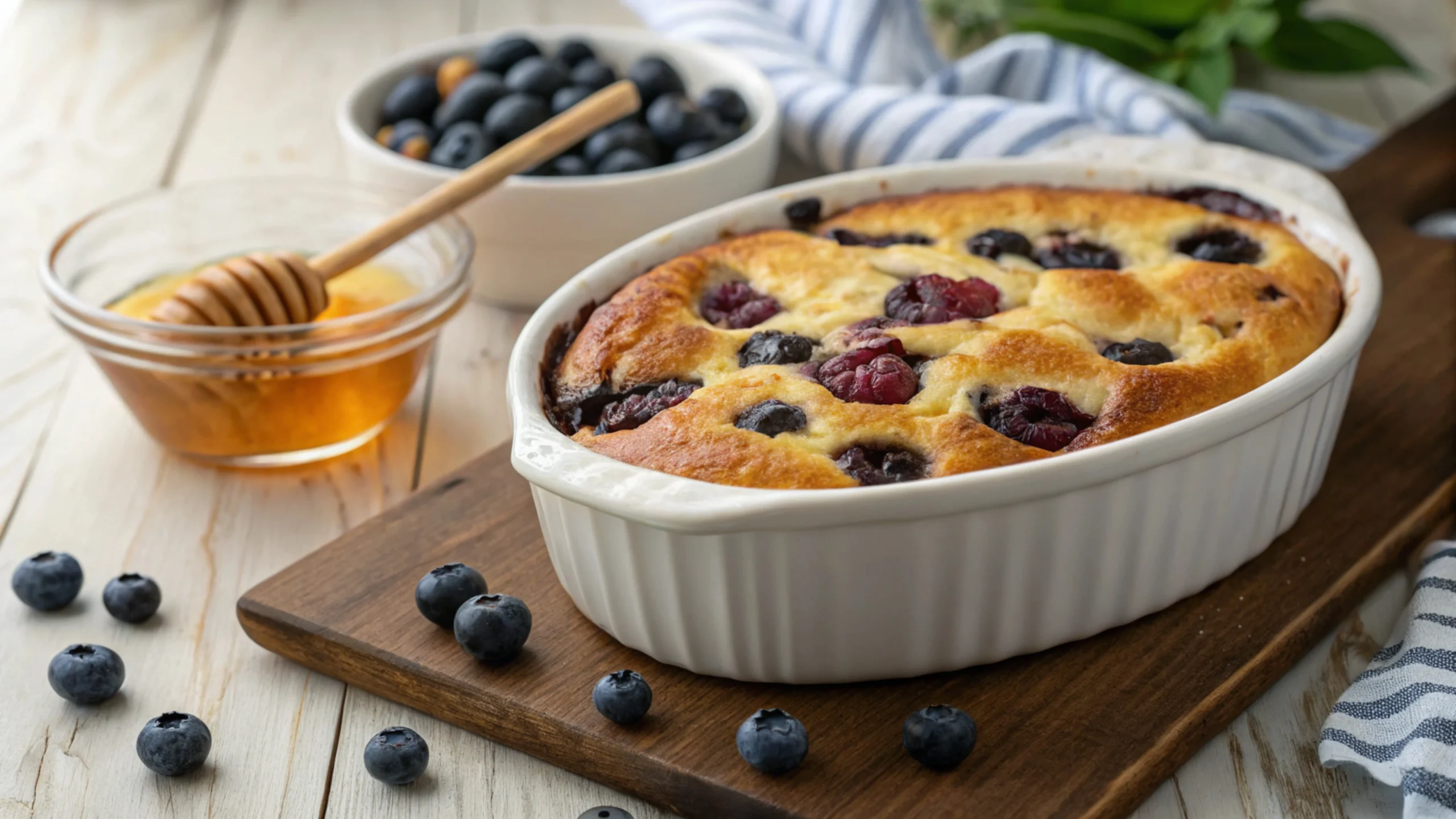Introduction
Have you ever imagined blending the creamy decadence of a classic crème brûlée with the savory essence of fresh crab? If not, get ready for an unforgettable culinary adventure. The crab brûlée recipe offers a sophisticated twist on traditional seafood dishes, creating a luxurious appetizer that’s ideal for elegant dinner parties or any special occasion. This unique dish marries the velvety smoothness of custard with the delicate, slightly sweet flavor of crab, all crowned with a perfectly crisp caramelized topping.
What truly sets this recipe apart is its ability to captivate both in presentation and flavor. It effortlessly balances the interplay of sweet and savory notes, delivering a dining experience that’s as indulgent as it is surprising. Whether you’re a seasoned chef looking for your next show-stopping creation or an adventurous home cook eager to try something new, this dish is bound to elevate your culinary skills. In the sections ahead, we’ll dive into what makes this recipe special, highlight the essential ingredients, and guide you step-by-step to master this elegant delight.
For more protein-packed recipe ideas, check out how much protein is in a burger bowl for a nutritious comparison.
Table of contents
What Makes This Crab Brulee Recipe Unique?
At its core, crab brulee is a savory twist on the traditional French dessert, crème brûlée. Instead of the sugary custard, this dish features a savory custard base infused with crabmeat, cream, and complementary spices.
What sets it apart:
- A creamy custard that beautifully showcases the natural sweetness of fresh crab.
- A crispy, caramelized topping—whether sugar or cheese—that brings an irresistible texture and a subtle hint of smokiness.
- The perfect fusion of sweet and savory, creating a dish that’s as surprising as it is delightful.
Crab brûlée is most commonly served as an appetizer or a small plate, making it an elegant start to any meal. Its sophisticated flavor profile and presentation make it a standout choice for dinner parties. Pair it with a crisp white wine or a glass of champagne to enhance its luxurious appeal. The contrast between the velvety interior and the crunchy topping elevates this dish, transforming it into an experience reminiscent of fine dining.
Now that you’ve grasped its essence, let’s move on to the ingredients you’ll need to bring this culinary masterpiece to life.
Key Ingredients for the Perfect Crab Brulee Recipe
To craft a flawless crab brûlée recipe, you’ll need a thoughtfully curated selection of high-quality ingredients, as each plays a pivotal role in creating the ideal harmony of flavor and texture. At the heart of this dish is fresh crab meat, which provides a sweet, delicate richness that forms the foundation of the recipe. To complement this, heavy cream is indispensable, ensuring the custard achieves its signature smooth, velvety consistency.
Essential Ingredients
- Fresh crabmeat: Use lump or jumbo lump crabmeat for the best flavor and texture.
- Heavy cream: This forms the custard’s creamy base.
- Egg yolks: Provide structure and richness to the custard.
- Shallots: Add a mild onion flavor without overpowering the dish.
- Butter: For sautéing and enhancing the custard’s depth.
- Dijon mustard: Introduces a subtle tanginess that complements the crab.
- Nutmeg: A pinch adds warmth and balances the savory elements.
- Parmesan cheese (optional): For a cheesy, caramelized topping instead of sugar.
Key Tips
- Always choose fresh crab to avoid the fishy taste canned varieties can bring.
- Use high-fat cream to ensure the custard doesn’t curdle during cooking.
- Experiment with herbs like chives or dill for added aroma.
Having these ingredients ready ensures a smooth cooking process.
Step-by-Step Guide to Mastering Crab Brulee
Creating a crab brulee recipe may sound intimidating, but it’s simpler than you think. Follow these steps for a restaurant-quality dish at home.
1. Prepare the Crab
- Pick through the crabmeat to remove any shell fragments.
- Set aside in a bowl.
2. Sauté the Shallots
- Melt butter in a skillet over medium heat.
- Add finely chopped shallots and sauté until translucent.
- Let the shallots cool before mixing into the custard.
3. Make the Custard Base
- In a mixing bowl, whisk egg yolks and heavy cream until fully combined.
- Add the sautéed shallots, a pinch of nutmeg, and Dijon mustard.
- Gently fold in the crabmeat, ensuring it stays intact.
4. Assemble the Dishes
- Preheat your oven to 325°F (165°C).
- Divide the custard mixture evenly into ramekins.
- Place the ramekins in a baking dish and fill the dish with hot water halfway up the sides of the ramekins.
5. Bake the Brulee
- Bake for 30-35 minutes, or until the custard is set but still slightly jiggly in the center.
- Remove from the oven and let cool slightly.
6. Add the Topping
- Sprinkle sugar or Parmesan cheese over the top.
- Use a culinary torch to caramelize the surface, creating a crisp layer.
7. Serve and Enjoy
- Allow the crab brulee to cool for a few minutes before serving.
This method ensures a silky custard paired with a crisp topping every time.
Creative Variations for Your Crab Brulee Dish
The beauty of the crab brulee recipe lies in its versatility. You can easily adapt the dish to suit your taste or impress your guests with creative twists.
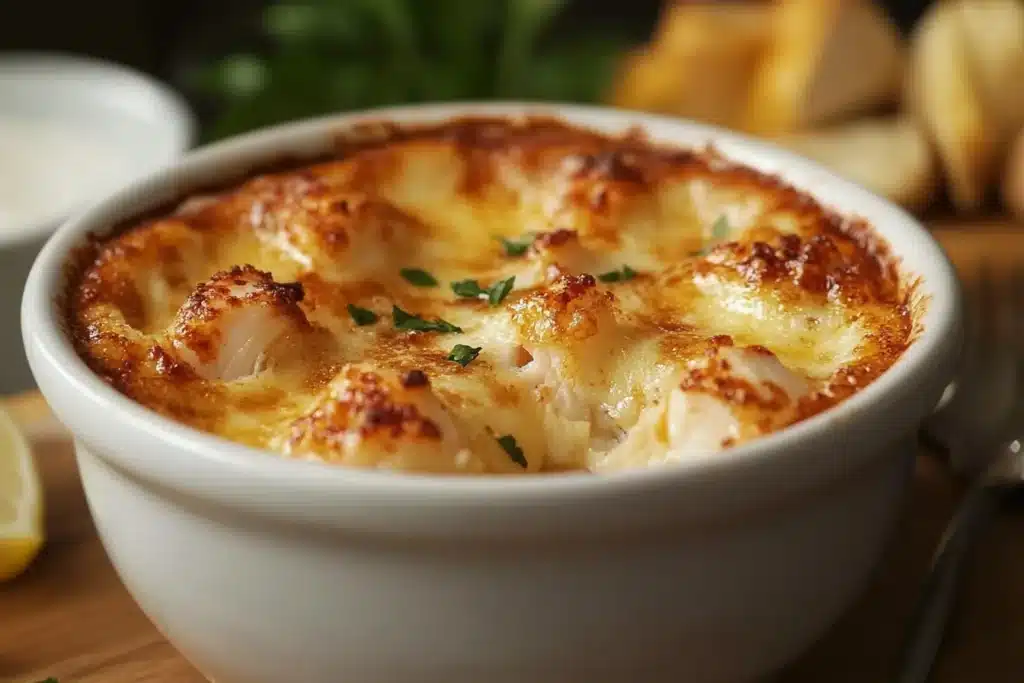
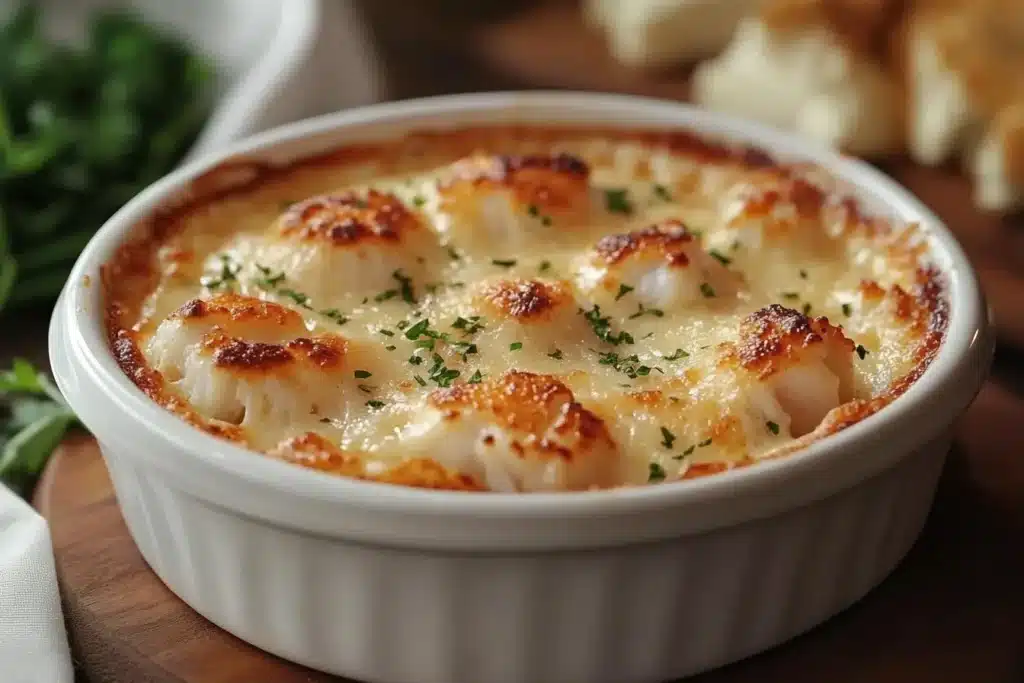
Add a Kick of Spice
- Incorporate a pinch of cayenne pepper or smoked paprika into the custard for a subtle heat.
- Garnish with thinly sliced jalapeños for an eye-catching presentation.
Try Different Toppings
- Swap the caramelized sugar for crispy breadcrumbs mixed with Parmesan.
- Use Gruyère cheese for a nutty, rich crust.
Explore Regional Flavors
- Infuse the custard with miso paste for an umami-packed Japanese twist.
- Add Old Bay seasoning for a Maryland-inspired flavor profile.
Dietary Adjustments
- Use coconut cream instead of heavy cream for a dairy-free option.
- Replace crab with lobster or shrimp for a different seafood variation.
By experimenting with these variations, you can create a personalized version of the crab brulee recipe that suits any occasion.
Nutritional Benefits of Crab Custard Recipe
Understanding the nutritional value of crab brulee is key to appreciating its place in a balanced diet. This delightful dish is a rich source of protein, thanks to the crab meat, which also contains essential nutrients like omega-3 fatty acids. These fatty acids promote heart health and brain function, making the dish not just flavorful but also beneficial for your health.
Crab brulee is also packed with vitamins such as B12 and selenium, which are vital for energy production and a robust immune system. However, it’s worth noting that this dish can be high in calories due to ingredients like heavy cream and sugar used in the caramelized topping. For a healthier twist, consider using low-fat dairy or alternative sweeteners.
Key Nutritional Highlights:
- Protein: Supports muscle growth and repair.
- Omega-3 Fatty Acids: Improves cardiovascular health.
- Vitamins and Minerals: Enhances immunity and energy.
By understanding its nutritional profile, you can enjoy this dish while maintaining a balanced diet.
Serving Suggestions and Presentation Tips
When it comes to serving crab brulee, presentation can elevate this dish from simple to extraordinary. The creamy texture of the brulee pairs perfectly with crispy accompaniments, creating a balanced experience for your palate.
Serving Suggestions for Crab Brulee
- Serve in small, elegant ramekins to enhance portion control and aesthetics.
- Add a garnish of finely chopped parsley or dill for a pop of color.
- Pair with crunchy crackers, toasted baguette slices, or fresh vegetable crudités for added texture.
Presentation Tips:
- Torch the sugar topping right before serving for a golden caramel crust that impresses your guests.
- Arrange the ramekins on a wooden platter with garnishes and accompaniments for a rustic touch.
- Add a lemon wedge to each serving to offer a tangy contrast to the rich flavors.
These simple tips ensure your crab brulee recipe not only tastes amazing but also looks appealing on the table.
Common Mistakes to Avoid When Making Crab Brulee
Creating the perfect crab brulee recipe requires attention to detail. Avoiding common mistakes ensures a smooth cooking process and exceptional results.
Avoid These Common Mistakes
- Overcooking the crab mixture: This can lead to a rubbery texture, ruining the dish’s delicate creaminess. Always cook the mixture on low heat.
- Skipping the water bath: A water bath ensures even cooking and prevents the custard from curdling. Always use one when baking crab brulee.
- Using stale crab meat: Freshness is key. Using fresh, high-quality crab meat enhances both flavor and texture.
- Burning the sugar topping: A burnt caramel crust can overpower the subtle flavors of the dish. Use a torch carefully and evenly.
- Ignoring seasoning: Underseasoned crab brulee can taste bland. Adjust salt, pepper, and spices to complement the crab’s natural sweetness.
By keeping these points in mind, you can perfect your crab brulee every time and avoid unnecessary disappointments.
FAQs
What is the secret to crème brûlée?
The secret to a perfect crème brûlée lies in carefully balancing the custard’s creamy texture with its signature caramelized sugar topping. To begin with, the custard must be smooth, rich, and velvety, which is achieved by cooking it gently and avoiding high heat. Furthermore, using a water bath during baking plays a crucial role in preventing the custard from curdling or cracking. When it comes to the caramelized topping, it’s important to evenly sprinkle granulated sugar and then use a culinary torch to create a thin, crispy layer without burning it. Moreover, fresh and high-quality ingredients, such as vanilla beans and heavy cream, significantly elevate the flavor, making the dessert truly exceptional.
What’s the difference between crème brûlée and custard?
The primary difference lies in their texture and toppings. While both are custard-based, crème brûlée features a caramelized sugar crust, adding a crunchy contrast to its creamy base. Custard, on the other hand, is typically served plain or topped with fruit, and it has a smoother consistency without the crunchy layer. Moreover, crème brûlée is baked with cream and sugar and finished with a brûléed topping, while custard can be prepared stovetop or baked depending on the recipe.
What type of cream is best for crème brûlée?
Heavy cream is undeniably the best choice for crafting a luscious crème brûlée. Its high fat content, typically ranging between 36-40%, guarantees the rich, silky texture that defines this classic dessert. Using lighter alternatives, such as half-and-half, should be avoided as they simply do not provide the essential fat needed to achieve the desired consistency.
For those seeking a slightly lighter version, a blend of heavy cream and whole milk can be an option. However, it’s important to note that this compromise may result in a custard that is less indulgently creamy, potentially altering the luxurious mouthfeel that crème brûlée is known for. Ultimately, sticking to heavy cream is the key to ensuring the perfect balance of texture and flavor in this timeless treat.
What is crème brûlée mostly made of?
Crème brûlée primarily consists of four simple ingredients: heavy cream, egg yolks, sugar, and vanilla. The heavy cream forms the custard’s base, while the egg yolks provide structure and richness. Sugar is used to sweeten the custard and create the caramelized topping, while vanilla enhances the flavor. Optional additions like citrus zest or spices can add a unique twist, but the classic recipe focuses on these core ingredients for its timeless appeal.
Conclusion
Crafting the ideal crab brûlée recipe is more than just cooking—it’s an art that masterfully blends flavor, technique, and presentation. Not only is this dish a feast for the senses, but it also packs a punch of nutritional benefits, offering a healthy dose of protein and omega-3 fatty acids. This makes it a dish that is both indulgent and health-conscious when enjoyed in moderation.
The secret to elevating this recipe lies in the details. Small adjustments, such as thoughtful garnishes or pairing the dish with complementary textures, can transform an already delightful creation into an extraordinary culinary masterpiece. Furthermore, by avoiding common mistakes—like overcooking the custard or using low-quality crab—you can ensure a flawless outcome every time.
Whether you’re preparing this luxurious appetizer for a sophisticated dinner party or an intimate family gathering, crab brûlée is guaranteed to impress. By paying attention to its nutritional profile, enhancing its presentation, and mastering the technique, you’ll create a dish that combines the creamy richness of custard with the caramelized elegance of crab to perfection.

